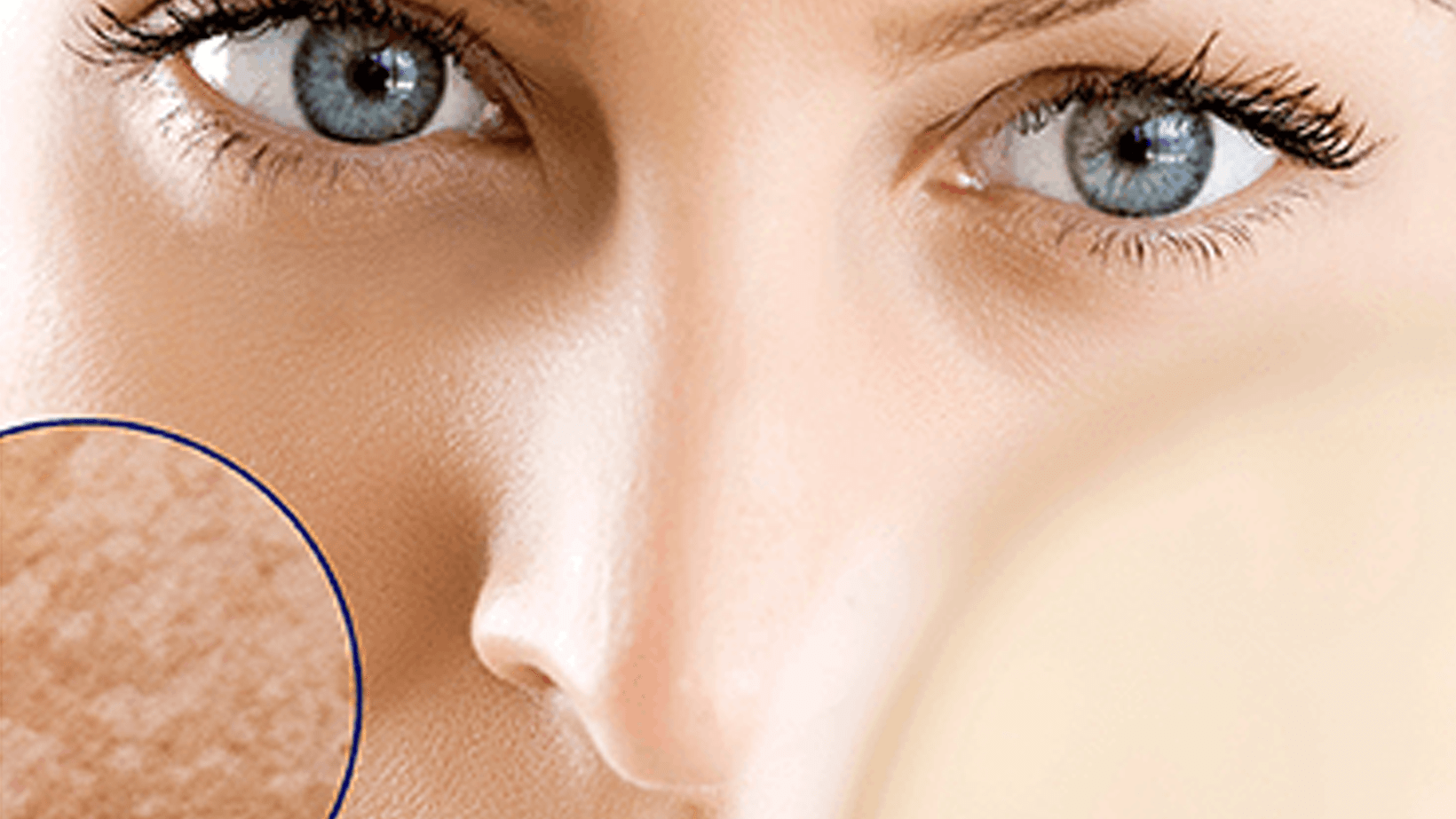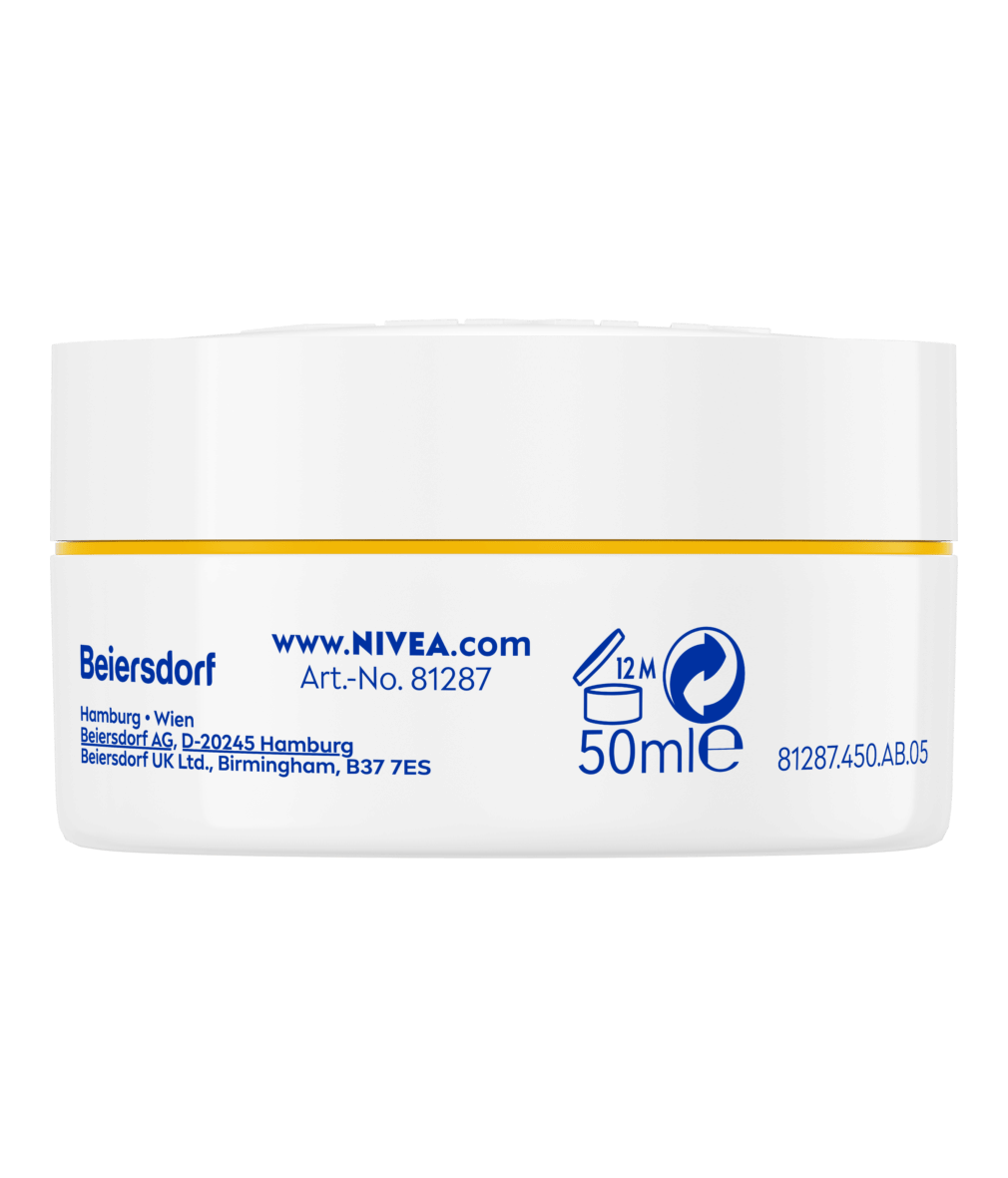The skin may only be a few millimetres thick, but it still has enormous strength despite this. Like an onion, it has numerous layers that can be roughly categorised into three areas.
The uppermost protective covering of the skin is the epidermis, which can be subdivided into five individual layers.
The acid mantle is found on the epidermis. It keeps bacteria away and allows water to drip off the skin.
Below the epidermis are the five individual layers: the lower two constantly supply the upper three layers of the epidermis with new skin cells.
The dead cells are removed by the outer horny layer. This is how our epidermis renews itself on average about every 27 days.
Under the epidermis is the dermis: It has a dense network of elastic fibres, nerves and tiny blood vessels running through it. These blood vessels regulate the body’s heat balance. The dermis supplies the epidermis with nutrients and oxygen. This is also where the sebum, sweat and scent glands are located.
The third layer of skin is known as the subcutis. This is mainly made up of tissue and fat. The subcutis acts as a cushion from external bumps and is an important energy reserve. It links the skin with the tendons and muscles below.






